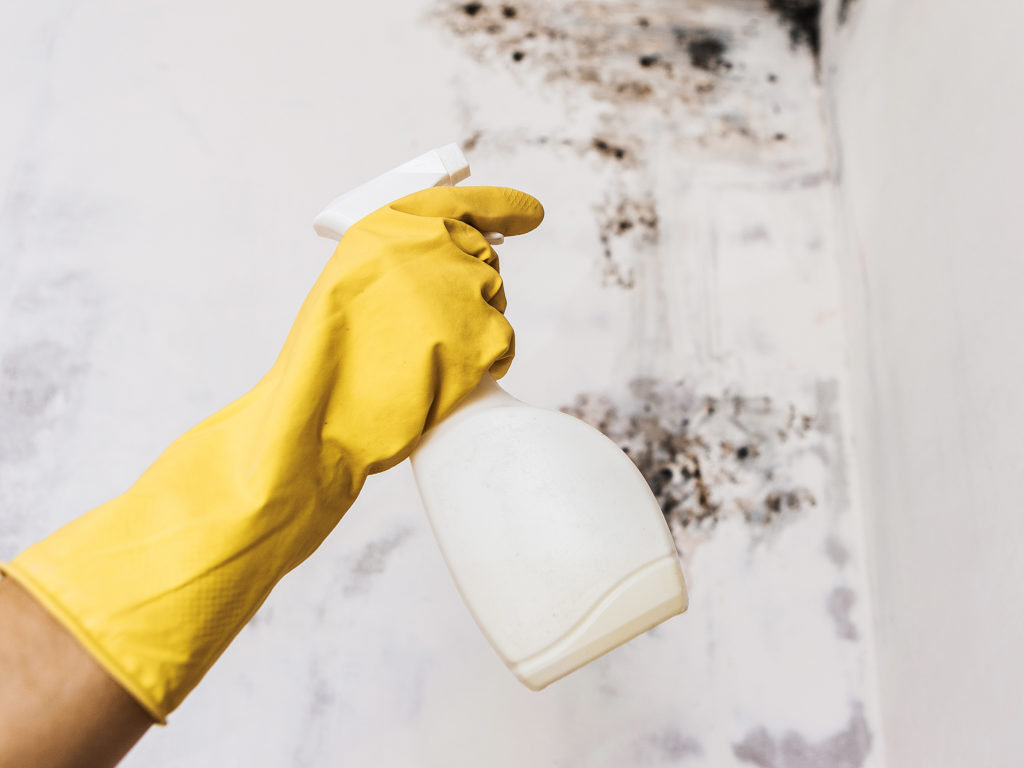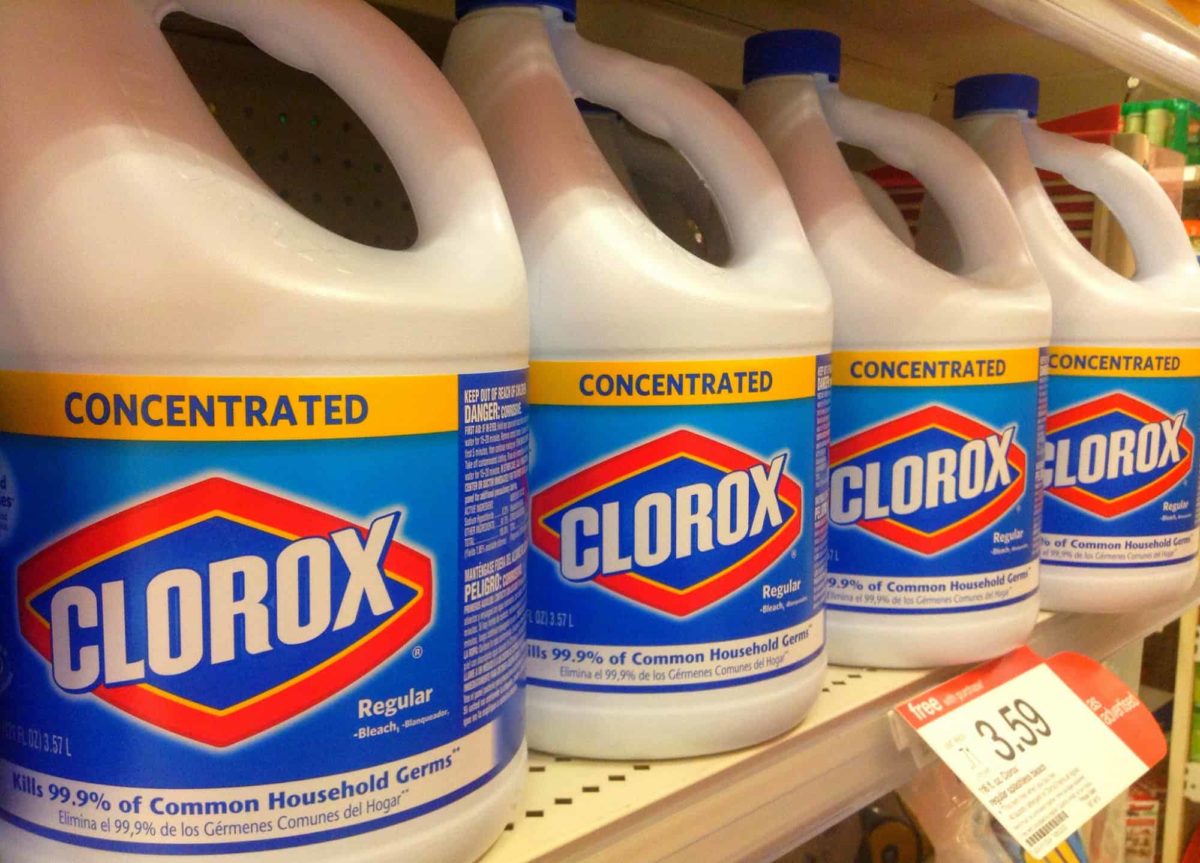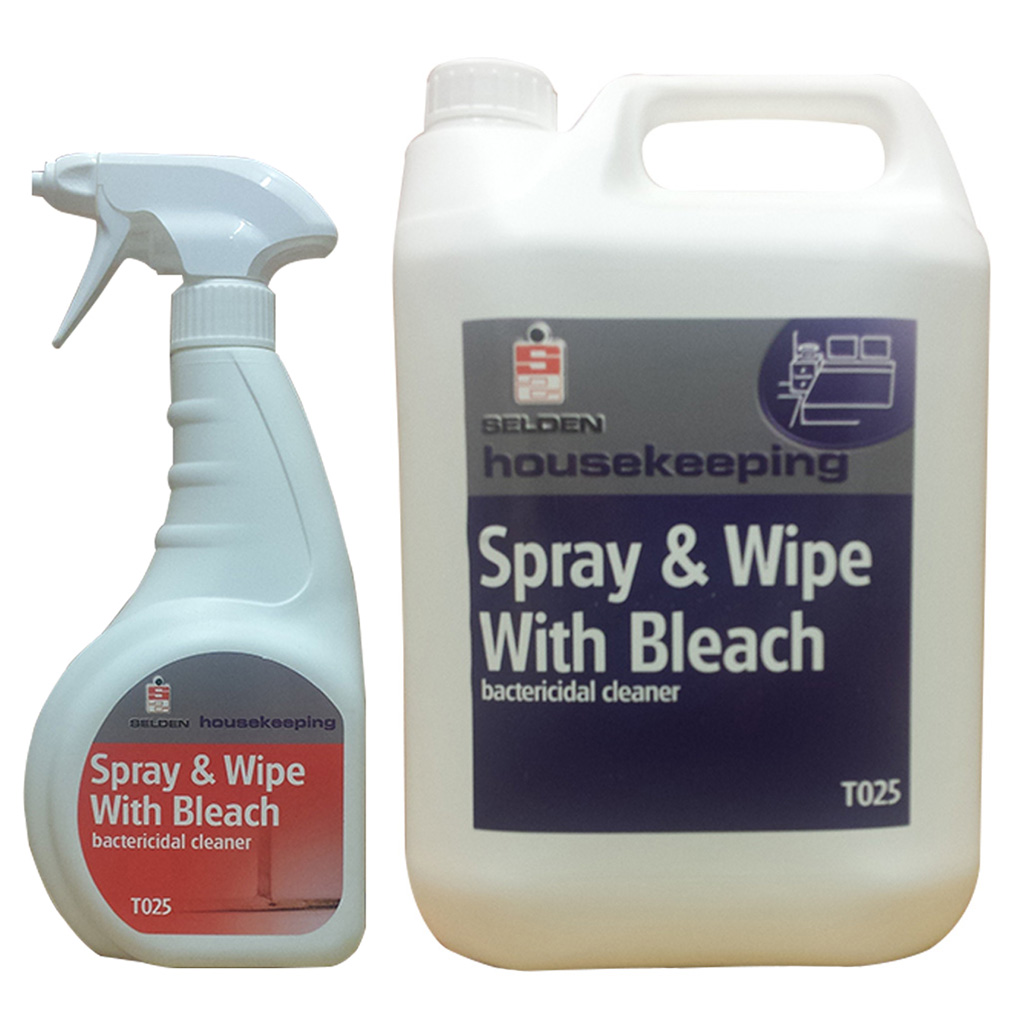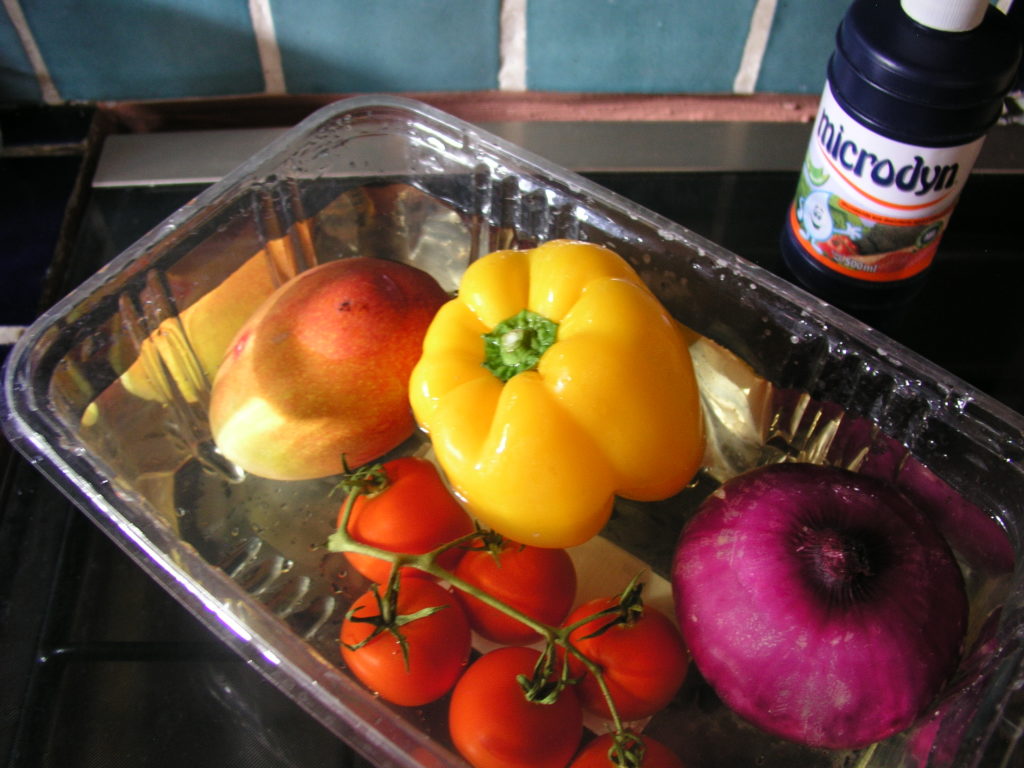10 Survival Uses of Common Household Bleach
There’s a reason why each shopping cart contains at least a bottle of bleach – this stuff’s good for a lot of odd jobs around the house, and some of them don’t have anything to do with cleaning. I being a computer geek have always kept an ample supply of bleach because it works wonders on yellow computer cases.
Anyway, ever since it became commercially available, bleach has been held in high regards, especially by those who had a rough time cleaning nearly-impossible to remove stains and for keeping germs away. In it’s watered down form, bleach can also be used as a room freshener and for giving shine to grandmamma’s white porcelain collection.
Beyond the mere household, bleach can also be successfully employed in survival-type situations. Hence today’s piece which will deal in the many uses and faces of survival bleach, this Jack-of-all-trades of the pantry.
Because I had time to look up more stuff while doing research on my pleasure rubber in SHTF article, I’ve somehow managed to stumble upon a treasure trove of info about the over glorified Clorox bleach. So, fellow preppers, prepare yourselves and feast your eye on the wonders of bleach in just about any SHTF situation.
- General sterilization
Of course, one would be very inconsiderate if not stating, well, the obvious – bleach is the ultimate germ buster, being successfully employed in virtually every cleaning job. Grime? No problem! Scale? Who cares? Smears? I have 99 problems, but Clorox makes all of them go away. The stuff is very handy for disinfecting tools used in minor surgery (a pair of pickup scissors or needle with surgical thread) when you don’t have other means of removing the germs. If you water it down a little, you can also remove stain and bacteria from small objects.
For instance, a solution containing one-part Clorox and three parts water may be used to clean and sterilize LED displays (always water down the bleach before using it). My grandma had the habit of spraying all the rugs and upholstery with a diluted bleach solution.
Apparently, this is the best way to remove bacteria, revive colors, and prevent warping. If you’re a fan of second-hand shopping, the above-mentioned bleach mix will help you get rid of lingering germs, while removing that old, musty smell that tends to follow every object bought from these sorts of establishments.
If you have a kid on the way, you may use spraying bleach to disinfect every item the kid may come in contact with – cradle, toys, clothes.
In the field, it may be possible to use trace amounts of chlorine bleach to purify water. Sure, it won’t have the same taste, but at least you won’t come down with dysentery, enterocolitis or any other tummy diseases.
Pet owners can use spray-based chlorine to remove animal smells from the furniture. I being the proud owner of two cats (a boy and a girl), I found relief in the fact that bleach’s able to remove that nasty odor tomcats tend to leave behind when establishing boundaries.
- Crafting an anchor
Though the idea of becoming adrift is akin to pure dread, there’s no reason why you can’t anchor down your raft if you have a bottle of bleach nearby. If the situation calls for immediate action, use the remaining bleach to sterilize your gear and water supplies, and salvage the bottle.
Wrap paracords or any dental floss around the bottle’s neck and fill it with anything heavy (concrete, sand, tiny rocks). Congrats! You’ve just made yourself an anchor worthy of any ship on its maiden voyage.
- Cleaning your veggies and fruits
Water’s the best way to clean fruits and veggies, isn’t that right? In most cases, yes, but there are some cases when using just purified water just won’t cut. Enters bleach, a marvelous disinfectant that can be used in case of an emergency to clean your veggies and fruits. Just be sure to use a watered-down mix. Otherwise, you will end up with bleach-soaked food, a thing which does not agree with your esophagus and stomach.
By the way – be very careful around the stuff, because the thing can burn through your skin like acid. In case you accidentally spilled some on your hands, or other parts of the body (I don’t judge) go and wash the area with plenty of soap and lukewarm water. As for the drinking part, don’t try to induce vomiting. Instead, dial CDC’s accidental poisoning hotline and await further instructions. In the meantime, drink water or a glass of milk. You should stop in case you’re experiencing convulsions or other changes.
- Weed-whacking
Without a doubt, every prepper’s turned gardener waking nightmare is seeing his crops wilting or, worse, eaten away by pests or overtaken by weed. Sure, you can try out all kind of artificial weed-whackers and whatnots, but you’ll probably end up poisoning the soil and making bad veggies.
A great and safe way of getting rid of pests and weeds is to spray your plants with a mixture of water and chlorine bleach. Like always, the recipe calls for one-part chlorine bleach and three parts water. Cover your garden using a hose with a fine mist. For the best results, you should do this at least once a week. Be careful about weed-whacking the wrong kind of weeds (see my article on healing herbs and weeds that grow around the house).
- Anti-rad countermeasure
Although it’s highly unlikely that we would have to deal with a nuclear detonation any time soon, it’s good to know that household bleach can be used for decontamination. Hypothetically speaking, if you find yourself stranded in an area with high radiation, take off your clothes and soak them in a tub filled with water and chlorine bleach.
As for body decon, wash all body parts with water and soap first, then used a watered-down bleach solution to rinse your body. Be careful when preparing the mix – for body decon, it should be one unit of bleach to 100 units of purified water.
- Self-defense
Pray it won’t come it, but when the spam hits the ham, a bottle of chlorine makes a great weapon of self-defense and distractionary device. If your opponent gains ground, uncork a Clorox bottle and toss it in his face. The results won’t be pretty, I guarantee that, but saving your can is sometimes more important than thinking about the interaction between skin and bleach.
- Outliving a contagion
Hold on to your britches there, because I wasn’t referring to the next Black Plague or Ebola. Even the flu season is considered an outbreak, and it should not be taken lightly. One way to purify the air is by bleach and water.
Hygiene is very important but becomes crucial when dealing with a contagion. To minimize exposure to the virus, make a 50-50 bleach and water mix. Pour it inside an empty and clean spray. Use a fine mist on things like clothes, upholstery, pet beds, bathroom tiles or any place that may hoard bacteria and deadly viruses.
- Getting rid of mold and mildew
Probably the most annoying part of being a homeowner is finding ways of removing mold and mildew from various objects. Since my son has a slight allergy to mold, I and my wife always try our best to removing as much as the stuff as possible.

One of its nesting places are the gaps between bathroom tiles (yeah, I real back-buster when it comes to spring cleaning). It is possible to hack away any mold and mildew from your home by mixing bleach and water in a bucket. Take a clean rag, soak it in the mix, and wipe. Not only will the mold come off on its own but it takes less scrubbing compared to using special cleaning supplies.
- Removing grime and dirt from trashcans
As you know, in case of an emergency, trashcans, especially the big ones, can be converted into portable water carriers. Still, that they are somewhat challenging considering the amount of grime, dirt, and sludge festering at the bottom. A quick way of removing that filth in a sinch is by using bleach in addition to detergent. Prepare a 50-50 bleach mixture and add some detergent. Don’t forget to wear protective gloves while cleaning the trashcan. Word of warning – while preparing the mix, fumes might emerge from inside the container.
Don’t breathe in those fumes as they are highly toxic. If you do, immediately stop what you’re doing, wash your face with plenty of water, and wipe with a clean cloth. You can try to flush out any lingering bleach from your nostrils with blood serum (you can find those bottles in any drug store or pharmacy, and they’re perfectly over-the-counter).
Fill up a small syringe with blood serum, tilt your head a bit, and slowly inject the stuff into your nostrils. Don’t breathe in the stuff! Blow your nose in the sink and rinse with plenty of water.
- Field-sanitization of food plates and eating utensils
Just because one finds himself in the middle of shit hits the fan situation, it doesn’t mean that one should disregard basic hygiene rules and eat from whatever plate, no matter how dirty it is. If you were planning on adding one or more items to your B.O.B, my advice to you is to toss in a small bottle of Clorox. Combined with purified water, bleach can be used to clean and sterilize everything from plastic plates to cutlery.
I myself like to use the stuff in order to clean and remove any grime from my portable stove. The mix also works wonders on other objects used for cooking like cast-iron pots, stoves, ovens, and knives. Careful about using too much bleach on your chopping implements as the substance is known to reduce the life of stainless steel blades.
That about wraps it on ingenious ways to use bleach in an SHTF situation. Instead of a conclusion, I will leave you with a question: to bleach or not to bleach? As always, if you figure out another great way of using this stuff in a survival-type situation, don’t be shy and hit the comment section.
There’s a reason why each shopping cart contains at least a bottle of bleach – this stuff’s good for a lot of odd jobs around the house, and some of



